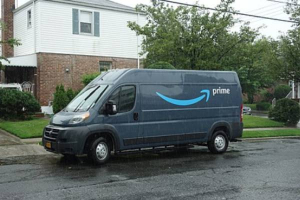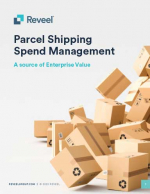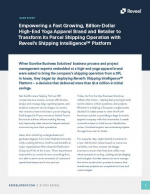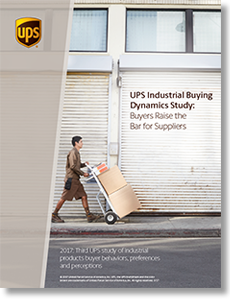UPS Industrial Buying Dynamics Study: Buyers Raise the Bar for Suppliers
Take a deep dive into the minds of the 1,500 U.S. industrial products buyers UPS surveyed for their third Industrial Buying Dynamics study, the study’s white paper examines the major forces shaping industrial distribution today.
Despite increased competitive pressures, the industrial distributor business model has endured.
According to this 2017 Industrial Buying Dynamics Study, traditional distributors still capture the largest share of industrial buyers’ spending - that’s in spite of the dents made in recent years by demand for e-marketplaces and manufacturer-direct buying.
Distributors need to deliver a new level of customer experience not only to defend themselves from new threats, but to win share.
They need to provide a digital customer experience that cuts across mobile and social lines, especially if they want to stay ahead of customer needs:
- Not only are 80% of buyers willing to switch suppliers for a better website, but 69% of millennial buyers will shift business to a supplier with a mobile app.
- Over one-third of Millennials use social media to research suppliers (vs. 24% Gen Xers and 2% Baby Boomers).
- Distributors also need to think about the experience after the sale, especially returns - 43% of buyers expect returns to be a core post-sales offering. This is especially true for OEM and MRO parts buyers who have expressed returns as a core expectation, at 49% and 45%, respectively.
Make no mistake, traditional distributors face formidable threats.
Just as they get more comfortable with their e-commerce capabilities, buyers are demanding mobile buying.
More Millennials than other age groups expect services not historically included in industrial sales. At the same time, the next generation of buyers are bringing their tech savvy, non-traditional mindsets to leadership roles.
All things considered, it’s fair to ask: Will distributors be able to retain and grow their market share? The answer is yes, but only if they stay in step with buyers’ evolving demands.
In this study we look at the factors influencing the behaviors and preferences of 1,500 U.S. industrial buyers across all age groups, experience levels and a wide range of product or commodity groups.
We then draw insights from the data that can help companies thrive in this intensely competitive market. Whether thriving means expanding product lines or geographies, or seizing on a lucrative niche, the path forward will be as unique as a company itself. We’re pleased to share this study to help light the way.
Rising (and Changing) Threats
It’s no secret - people’s buying behaviors and preferences are rapidly changing. In this year’s study, we’ve seen important shifts in the influence of mobile e-commerce and the perception of e-marketplaces.
Addressing Buyer Needs by Product Type
This year’s study includes new questions that detail buyers’ needs and preferences based on the types of products they’re purchasing.
Optimizing the Buyer Experience
Buyers continue to demand a user-friendly customer experience across multiple sales and service channels, but a new generation of buyers are poised to demand new and higher expectations.
The Potential of Post-sales Service as a Differentiator
Post-sales capabilities can provide a crucial point of differentiation for distributors. From solid return solutions to additive manufacturing, explore new ways to stand out.
What’s Related




Favorites





